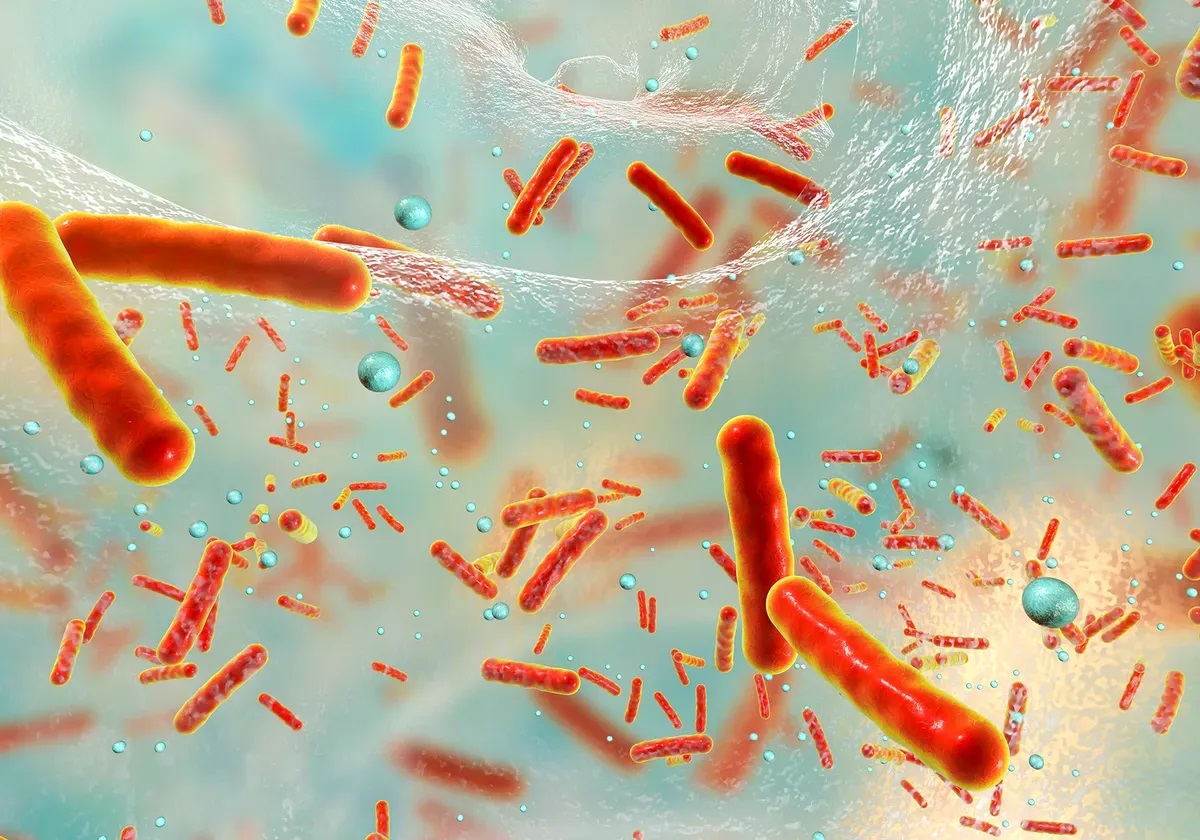Biofilms are slimy films made up of microorganisms and other substances that can grow on a wide range of surfaces, including medical implants, teeth, and even rocks in rivers and streams.
These biofilms are held together by a matrix of extracellular polymeric substances that offer protection to the microorganisms against environmental challenges, such as antibiotics.
“Biofilms can be very difficult to eliminate and pose significant challenges as they can be highly resistant to treatment, making them the culprit behind many chronic infections, especially those related to medical implants,” explained Mengmeng Sun, a researcher in the Department of Mechanical and Automation Engineering at the Chinese University of Hong Kong, Advanced Science News reported.
To combat biofilm formation within small tubular structures, in a recent study published in Advanced Intelligent Systems researchers have developed magnetic hydrogel micromachines designed to achieve two crucial tasks: mechanically disrupt the biofilm and achieve the controlled release of antibiotic agents.
The key to making the micromachines functional is that they are made of a unique material called a thermosensitive magnetic hydrogel. As a result of their magnetic properties, the micromachines can be precisely navigated to the desired location using external magnetic fields whereupon they can exert specific mechanical forces to help manually break up the biofilm, making it more susceptible to treatment with chemical agents.
“One of the advantages of the micromachines is that they can move in different ways. They can rotate in a circular motion or wobble back and forth,” said Sun, who is one of the study’s authors. “This also allows them to access biofilms that are located in hard-to-reach areas, such as narrow spaces or tubes used in many medical devices and implants.”
The micromachines were engineered to contain tiny hydrogel compartments capable of storing antibacterial agents.
The magnetic hydrogel composite uses iron oxide nanoparticles, which serve a dual purpose. After preparation, the hydrogel is “filled” with a hydrogen peroxide solution, which acts as an antibacterial agent in these tests. At the desired location, the hydrogel is heated, which releases the hydrogen peroxide solution.
The iron oxide nanoparticles, which are magnetic and used to help move the micromachines also act as nanocatalysts, catalyzing the degradation of the peroxide molecules into highly reactive hydroxyl radicals that kill the bacteria.
The on-demand release ability of the micromachines eliminates the need to inject large amounts of antibacterial agents into the biofilm site.
The micromachines were tested against lab-cultured E. coli and B. cereus biofilms in curved and microcentrifuge tubes. “To test our new technology, we grew biofilms in the lab and exposed them to the micromachines,” said Sun, “and found that they were able to destroy the biofilms and kill 99.3% of the dormant cells within just five minutes of treatment.”
The researchers believe that this approach could lead to more effective treatments for biofilm-related infections, especially those that happen in tubular implants. This technology holds potential for enhancing treatment outcomes in various applications, including biomedical implants and other medical devices.


